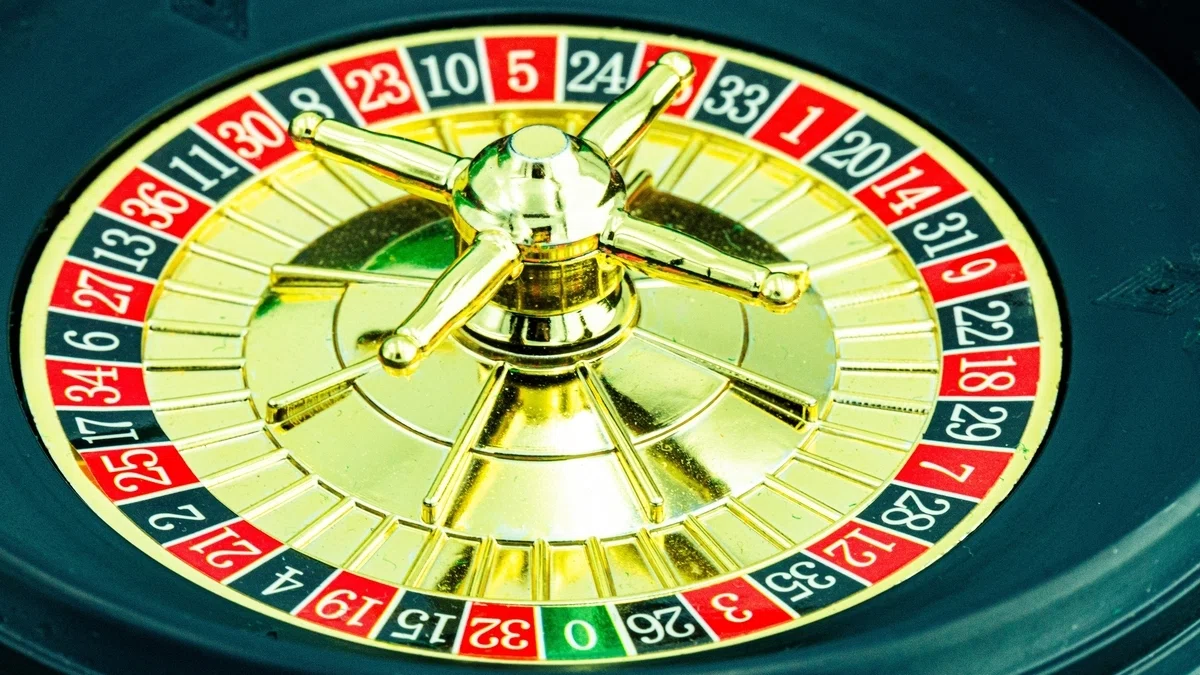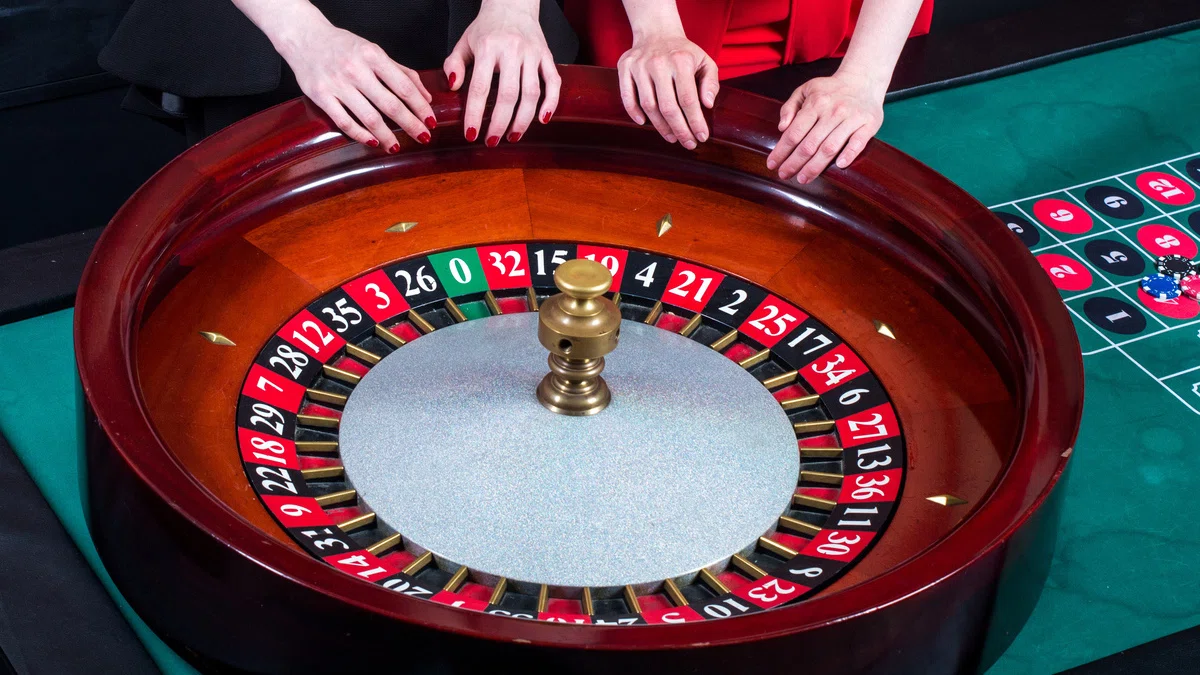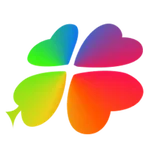On our latest guide to roulette rules, we’re going to talk about one of the lesser known, yet fun playing options known as neighbors.
If you’ve ever sat down at a roulette table online or offline and seen players throwing down chips in strange clusters muttering about “Voisins” and “Tiers”, this is what we’re talking about.
Although it might’ve looked confusing at the time, you don’t need to be a high-roller or an advanced roulette player to master it. Below, we make the process of placing neighbor plays in roulette as simple as possible. We’ll even explain the best scenarios to use this rule and when to consider alternatives.
What is the Neighbors Game and How Does it Work?
In a nutshell, neighbor plays require you to play on a number, as well as the numbers that are positioned around it on the roulette wheel. We’re not talking about the table layout but the wheel itself.
Here’s the process:
- Pick one specific number on the roulette wheel
- Place a play on the numbers either side of it
- Place a play that covers all of these numbers in one neat move
Let’s imagine you wanted to place a neighbor play on number 26 with two neighbors. This means choosing 26 and the two numbers either side of it on the wheel. In this instance, you’d play on 28 and 9, as well as 30 and 11.
This roulette rule is ideally suited to those who want to cover a specific part of a roulette wheel with a touch of precision. It’s especially popular with French roulette and European roulette players that utilize the racetrack layout to position their neighbor game.
Different Types of Voisins Picks
Here’s where things get a little interesting. There are different neighbors games, with the most popular being Voisins du Zero (neighbors of zero).
Let’s run through the nuts and bolts of Voisins du Zero, as well as similar neighbors to consider:
Voisins du Zero
Voisins du Zero is the French meaning for “neighbors of zero”. This rule covers a large portion of the roulette wheel, either side of the green zero pocket. It’s one of the most popular roulette Voisins, especially on the single-zero roulette games like French and European roulette. This play covers 17 numbers on the roulette wheel, starting from 22, all the way round to 25. The middle number of the 17 numbers covered? The green zero pocket, hence the description.
Voisins du Zero requires the playing amount to be placed on nine different outcomes. You need to place one unit apiece on 4 and 7, 12 and 15, 18 and 21, 19 and 22, and 32 and 35.
You then cover 0, 2, and 3, followed by a further two chips covering 25, 26, 28, and 29.
Tiers du Cylindre
Tiers du Cylindre translates in French as “thirds of the wheel”. Unsurprisingly, this means the play covers one-third of the numbers on the roulette wheel. It starts from number 33 and stretches round to 27.
A Tiers du Cylindre game requires 6x the playing unit to be placed on six different outcomes. You must place one chip apiece on 5 and 8, 10 and 11, 13 and 16, 23 and 24, 27 and 30, and finally 33 and 36.
Orphelins
The third and final option is Orphelins. This requires you to play on two ‘orphaned’ segments of the roulette wheel i.e. the eight numbers not associated with either Voisins du Zero or the Tiers du Cylindre – 9, 31, 14, 20 and 1 in one segment and 17, 34, and 6 in the other.
You only need five chips to cover these segments. Place one chip covering the number 1, along with one chip apiece on 6 and 9, 14 and 17, 17 and 20, and 31 and 34.
Think of these plays as different ways to split the roulette wheel into manageable chunks. Want to go all-in on the area around zero? Go for Voisins. Prefer the opposite side? Tiers has your back.

Related Posts:
When and When Not to Use Neighbors
As with all types of roulette strategies and roulette systems suitable for roulette, neighbor play shouldn’t be viewed as a magic bullet. Below we’ll explain when there is merit in using them and when to steer clear.
When to Use Them
- If you’d like to cover a broader section of the roulette wheel instead of a random allocation of numbers, neighbors make sense.
- If you have a feeling about a possible wheel bias, you may wish to use neighbors to test that theory.
- If you’re someone that likes structure to their game
When to Avoid Them
- They make less sense on american roulette wheels – the structure makes roulette the neighbor game less precise.
- If you have a tight bankroll, certain neighbor options may not be for you. At nine chips per spin, Voisins du Zero may not suit low-rollers.
- If you can only place your play manually on the wheel, neighbors games can take too long with each spin.
Neighbor Play in the Context of Live Roulette
Live dealer roulette has seriously revived the popularity of Voisins in roulette. Why? Because of that glorious racetrack layout you often see in live dealer games.
Instead of rushing to manually place each chip before the dealer calls, you can just click a segment of the racetrack and let the system place the play for you. Want Voisins du Zero? Click. Done.
It also helps you visualize how the wheel is structured, which is useful for learning how roulette Voisins really work.
Live roulette dealers often call out big wins on Voisins or Tiers, adding a sense of theatre to your gaming experience.
Top Tips to Best Use Voisins in Roulette
If you feel ready to add neighbor play to your arsenal of roulette strategies, here’s a few tips to keep you on the straight as an arrow.
1.Start Small
Start by creating your own neighbor game. Pick your lucky number and cover one number either side. This will ensure you don’t commit too much bankroll per spin.
2.Use the Racetrack for Convenience
Where possible, use the software to save your favorite neighbor predictions like Voisins du Zero to save time.
3.Know Your Wheel
Master how the numbers are positioned on the wheel as well as the layout – it’ll speed up your play.
4.Never chase losses
As with any other roulette strategy, don’t chase losses with neighbor play. They are fun but not foolproof!
5. Consider Mixing Them With Outside Play
Mix up your neighbor plays with Red/Black and Odd/Even play to diversify your plays without going overboard.
In Summary
To sum up, although neighbor play won’t guarantee a win – nothing in roulette does! – they do give you a smarter way to think about the wheel and where your play is going. Just keep your bankroll in mind, use the racetrack when possible, and stick to tables where these plays really shine.
Make use of all you’ve learned on our social casino guides today at McLuck social casino and have fun!
Related Posts:

